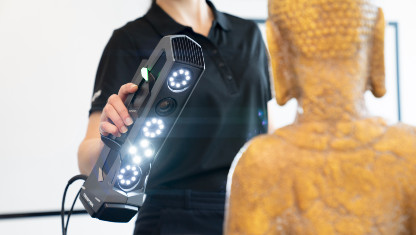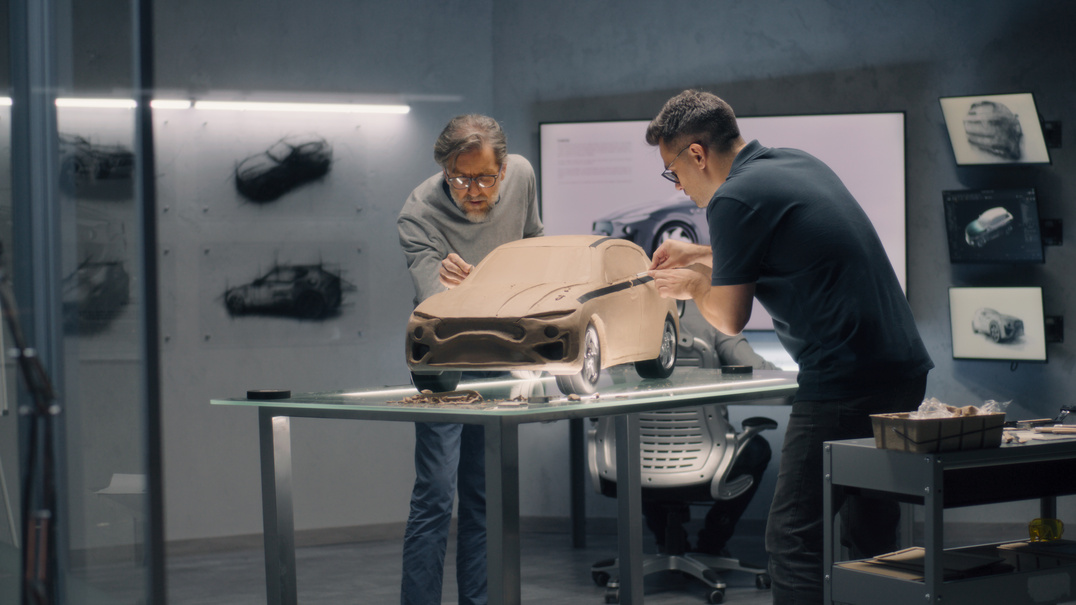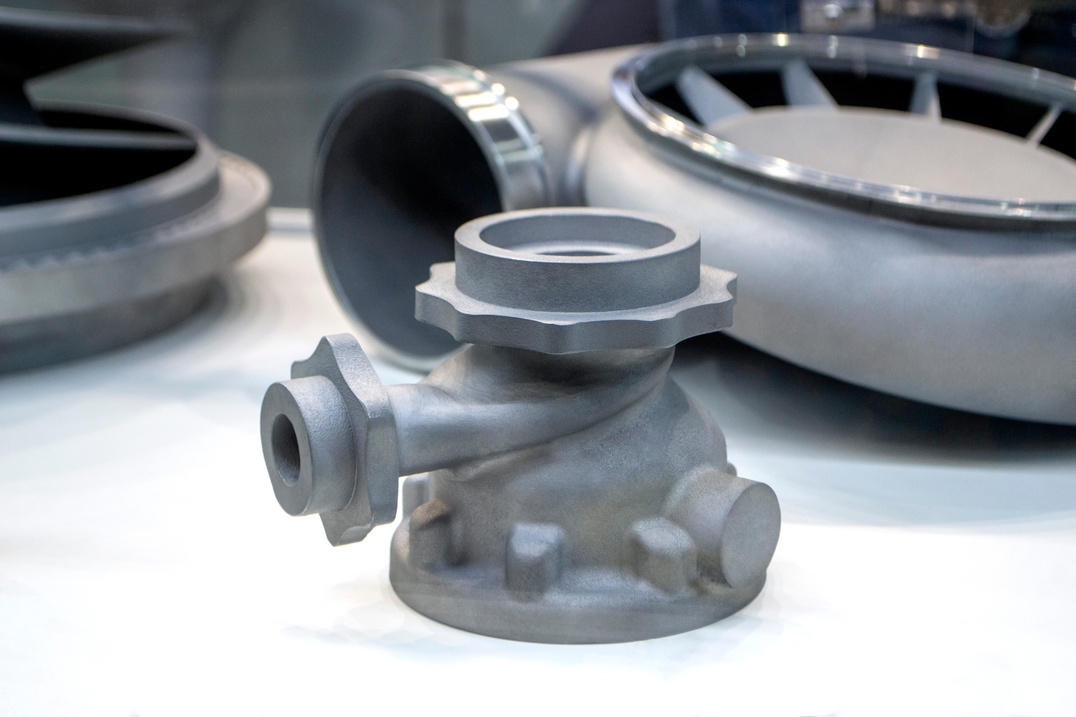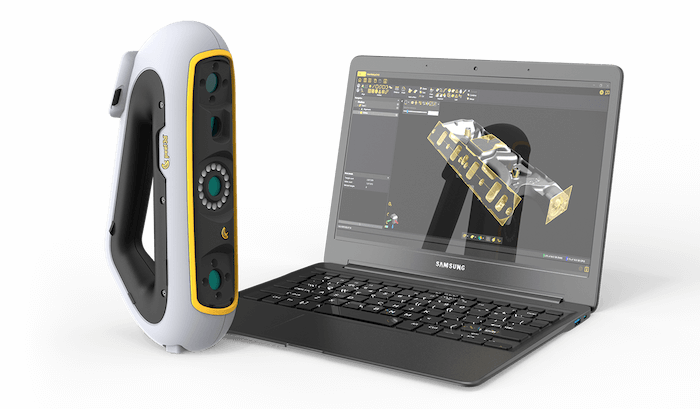How 3D Scanning Shapes Product Design and Prototyping
In the ever-evolving landscape of product design and prototyping, technology continues to reshape the way we bring ideas to life. One such innovation that has gained significant traction is 3D scanning. By capturing physical objects and converting them into digital models, 3D scanning has revolutionized the product development process. In this article, we will delve into the world of 3D scanning and explore its applications, benefits, and potential challenges in product design and prototyping.
Understanding 3D Scanning:
To comprehend the power of 3D scanning, let's start with the basics. 3D scanning involves capturing the geometry and texture of real-world objects to create accurate digital replicas. This process typically employs a combination of hardware and software, such as laser scanners, structured light scanners, or photogrammetry techniques. Once the physical object is scanned, the data is processed, resulting in a detailed 3D model that can be manipulated, modified and used as a reference digitally.

Bringing Organic Shapes into CAD:
Designers often prefer starting with physical models like clay to work with their hands and achieve maximum finesse. However, translating these models into computer-aided design (CAD) can be challenging. Traditional computer methods struggle to capture the intricate details and organic shapes accurately.

Enter 3D scanning, a remarkable technology that bridges the gap between physical models and CAD. With 3D scanning, designers can precisely capture physical models, faithfully replicating every curve, contour, and detail in a digital replica. This allows seamless incorporation of organic shapes into CAD designs, preserving the essence of the original form.

By combining physical modeling with 3D scanning, designers establish a dynamic and iterative workflow. They start with physical models, refine their ideas by hand, and then scan them for further digital design. This integration empowers designers to explore new possibilities without losing the essence of the organic shape.
3D scanning acts as a bridge between physical models and CAD, enabling designers to leverage both worlds. It preserves the finesse of organic shapes while harnessing the benefits of digital design tools. With 3D scanning, designers can achieve refined, accurate, and innovative designs.
Wonder how Peel 3D can transform your work, solve problems, and save you time?
Contact our Peel 3D expertsIntegration of Existing Complex Assemblies:
Designing custom parts for complex assemblies can be challenging when CAD data is unavailable, such as when manufacturers refuse to provide it for a vehicle. However, 3D scanning technology offers a fast and reliable solution. With 3D scanning, designers can quickly capture the necessary dimensions and features of the existing assembly, allowing them to create precise digital models for design iterations and manufacturing.
3D scanning eliminates manual measurements and guesswork, saving time and resources. Designers can capture the intricate details of the assembly with accuracy and speed, enabling confident decision-making. The digital models created from the scans provide a comprehensive understanding of the assembly, allowing designers to evaluate compatibility and functionality before production.
In summary, 3D scanning provides a swift and accurate method for integrating custom parts into complex assemblies. By bypassing trial and error, designers save time and increase efficiency. With 3D scanning, designers can confidently approach the design process, ensuring successful outcomes.
Customization for Small Production Batches and Unique Requirements:
3D scanning, in conjunction with 3D printing, offers exceptional customization opportunities for small production batches and unique design needs. Designers can capture precise data through 3D scanning and translate it into digital models. These models can then be easily customized to meet specific customer requirements regarding shape, texture, material, and more.
By leveraging 3D printing technology, designers can efficiently bring these customized designs to life. The direct translation of digital models into physical objects through 3D printing eliminates the need for costly and time-consuming traditional manufacturing methods.

This combination of 3D scanning and 3D printing provides flexibility and personalization. Designers can iterate designs rapidly based on customer feedback, reducing prototyping time and costs. The ability to offer precise customization enhances customer satisfaction and market competitiveness.
Furthermore, 3D printing enables cost-effective production of small batches or one-off designs, catering to niche markets or individual customer requests without requiring large-scale manufacturing.
In summary, the integration of 3D scanning and 3D printing revolutionizes customization. Designers can provide tailor-made solutions by leveraging accurate 3D scanning data and the versatility of 3D printing, resulting in unique and personalized products for customers.
Converting Vehicles: Redesigning Interiors and Components:
The concept of repurposing vehicles, such as converting a van into a camping car, presents unique design challenges. Detailed and accurate representations of the interior, as well as potential mounting points for custom equipment, are crucial. 3D scanning enables designers to capture the precise interior dimensions and contours, facilitating the design process and ensuring a seamless integration of custom elements.
Redesigning Components for Vehicle Conversion:
In the case of converting right-hand drive cars into left-hand drive, certain components need to be redesigned to accommodate the change. 3D scanning allows designers to capture the existing components and modify them accordingly. By scanning and analyzing the original parts, designers can ensure that the redesigned components fit seamlessly into the converted vehicle, maintaining functionality and safety standards.
Benefits of 3D Scanning in Product Design and Prototyping:
Time and Cost Savings: 3D scanning expedites the design process, reducing manual measurements and iterative modifications. This results in time and cost savings by minimizing errors and rework.
Design Flexibility and Iteration: 3D scanning enables rapid iteration and exploration of design concepts. Digital models obtained from scanning can be easily modified and adapted, allowing designers to experiment with different ideas and refine designs more efficiently.
Enhanced Collaboration: 3D scanning facilitates collaboration among designers, engineers, and stakeholders. By sharing digital models, multiple parties can provide feedback, make informed decisions, and streamline the development cycle, ensuring a more cohesive and successful end product.
Challenges and Considerations:
While 3D scanning offers numerous advantages, it is essential to be aware of potential challenges in its implementation:
Accuracy and Resolution: Achieving high levels of accuracy and resolution in 3D scanning can be demanding, particularly for complex or intricate geometries. Careful calibration, consideration of sensor limitations, and effective post-processing techniques are crucial for obtaining accurate results.
Scan Data Processing: Handling and processing large amounts of scan data can be time-consuming and computationally intensive. Advanced software tools and powerful computing resources may be necessary to manage and manipulate the generated 3D models effectively.
Integration with Existing Workflows: Integrating 3D scanning into established product design and prototyping workflows may require adjustments and training for the design team. Addressing integration challenges is essential to maximize the benefits of this technology.
Conclusion:
The advent of 3D scanning has transformed the product design and prototyping landscape, offering new opportunities for innovation and efficiency. Its ability to capture real-life organic shapes, integrate complex assemblies, enable customization, and facilitate vehicle conversions has made it an indispensable tool in the modern design process. By leveraging the benefits of 3D scanning and addressing implementation challenges, designers can bring their concepts to reality faster, more accurately, and with increased success.
Wonder how Peel 3D can transform your work, solve problems, and save you time?
Contact our Peel 3D experts